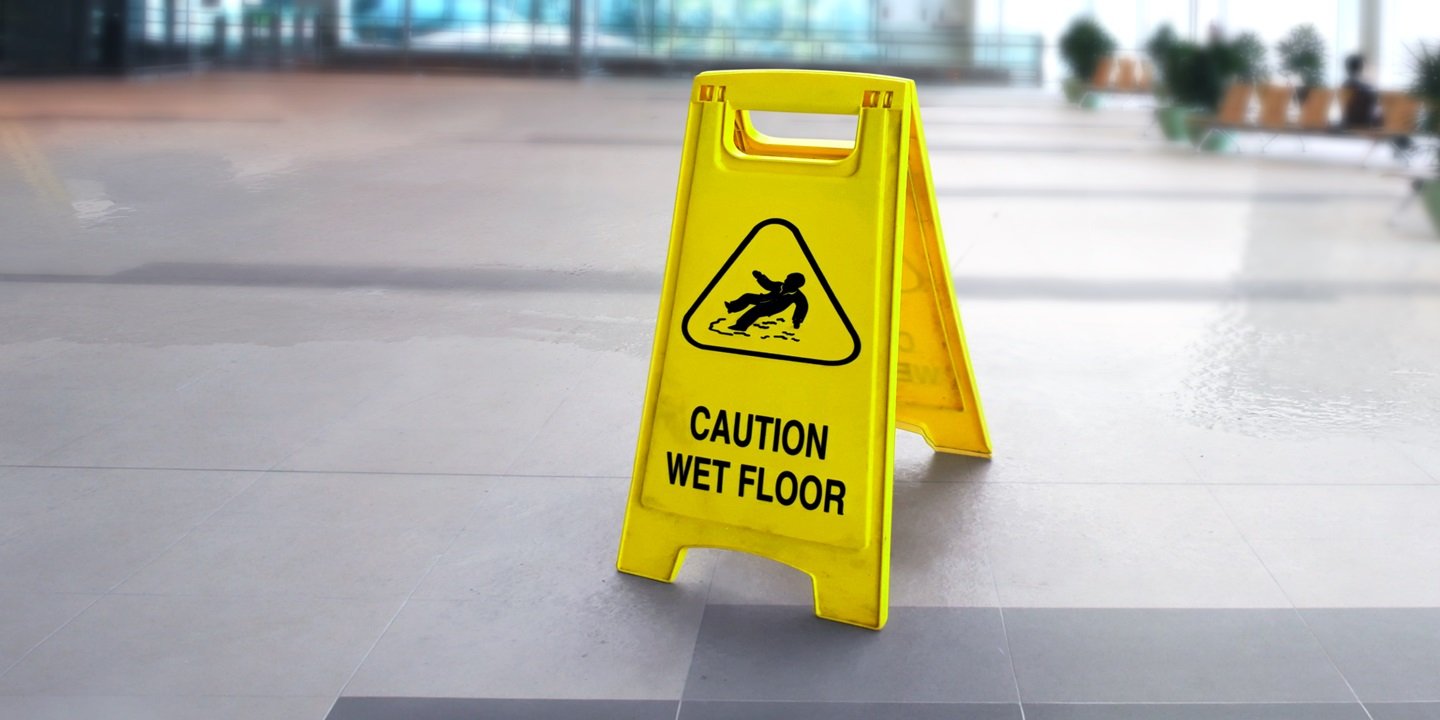Slip, trip and fall hazard mitigation for auto dealerships
AutomotiveArticleJanuary 8, 2025
Premise liability is a significant exposure for a wide range of businesses and among the most common accidents leading to claims of that type are slip, trip and fall incidents.
Here’s a claims scenario of a slip, trip and fall based on an actual Zurich large claim: An elderly customer fell at an automobile dealership after tripping on an exposed conduit. The claimant sued for a jaw-dropping $24 million. (The case eventually cost the dealership $4 million.)
In the example mentioned above, the conduit had been in place for two years prior to the accident. It was less than an inch off the ground and covered with gray plastic sheathing. The dealership did not want to bury the conduit, as the floors of the business had recently been refinished, but that concern soon appeared very minor indeed when weighed against the injury that conduit ended up causing. The claimant suffered a fractured shoulder and lost the use of his left arm.
Mitigating slip, trip and fall risks at your dealership
While no actions can guarantee customers, employees or visitors won’t fall and injure themselves on your business premises, in this instance, with a more diligent approach and proper follow-up actions, the dealership could have prevented this accident. Here are some key steps to take to help limit your exposure and potential liability from a slip, trip and fall incident:
- Identify all slip, trip and fall hazards on the premises.
- Train employees on how to identify and report risks.
- Regularly conduct walkthroughs of all areas of your dealership to find any new potential hazards and mitigate or eliminate them.
- Implement good housekeeping practices.
- Reduce slip risks by mopping up wet surfaces, placing traction-control rugs at entrances, limiting access to areas prone to slick surfaces (such as service bay areas) and using physical barriers (ropes or chains) to prevent access.
- If the hazard can’t be eliminated, it needs to be highly visible, marked with bright yellow signage to alert people to use additional caution.
Slip, trip and fall hazards are always present at dealerships. In many cases, they can appear small and are overlooked. These hazards continue to expose dealerships to claims and material claims settlements. It’s not only the injuries that drive these losses, but the extenuating circumstances that arise from these claims. This may include things such as pain, suffering, and complications from medical procedures.
Taking actions to eliminate these hazards, especially in high-traffic areas, can help prevent future losses. As the scenario mentioned in this article shows, those losses can have serious, lasting financial and even operational effects on your dealership. If the slip, trip and fall exposure cannot be eliminated, steps should be taken to reduce the likelihood of a resulting fall occurring.
Slip, trip and fall loss prevention and risk management resources
Zurich offers guidance and best practices for mitigating risks related to slip, trip and fall hazards, including but not limited to these resources:
Loss Prevention: Slip and fall hazards
Zurich Resilience Solutions’ Slip, Trip and Fall Risk Management Solutions
Webinar: Large Claims Loss Lessons Learned and Social Inflation Drivers
OSHA: Slips, Trips and Falls Prevention
Download Large Claims Lessons Learned: Slip and Fall Hazards.
Visit our Auto Dealer Resources Hub to access more Zurich loss prevention resources.
